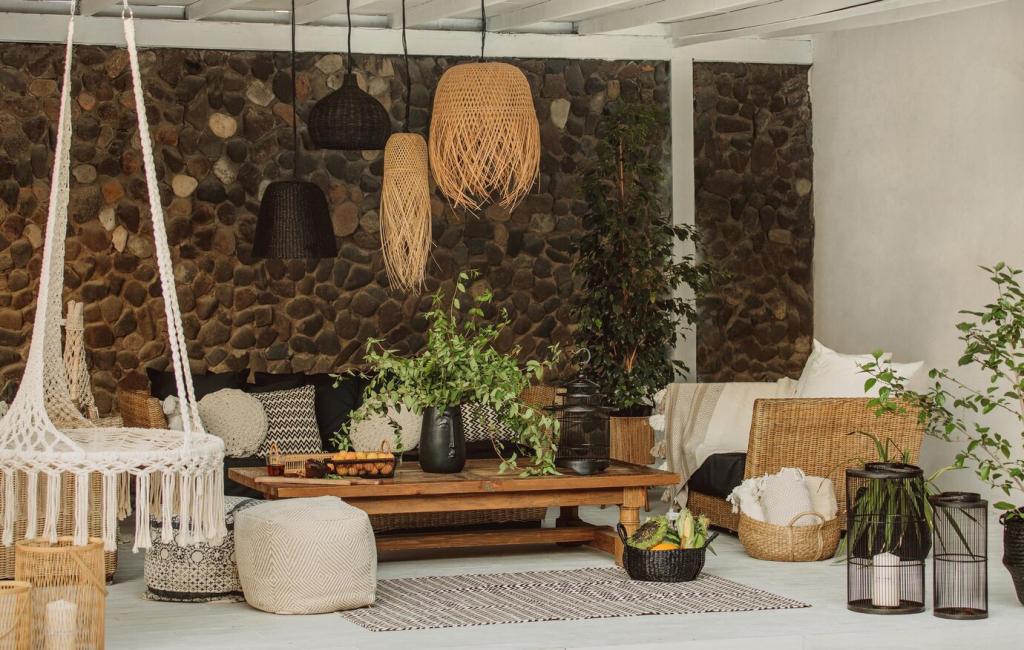Innovative Green Design Strategies for Interiors
Innovative green design strategies for interiors are reshaping the way we approach sustainable living and working spaces. Environmental consciousness no longer comes at the expense of beauty or comfort; rather, it enhances them. By thoughtfully selecting materials, maximizing natural resources, and embracing emerging technologies, modern interior design harmonizes aesthetics, efficiency, and eco-friendly practices. Adopting such strategies not only reduces a building’s ecological footprint but also creates healthier, more inspiring environments for occupants. The following sections explore key approaches and transformative techniques that are leading the evolution of green interior design.

Reclaimed and Recycled Materials
The use of reclaimed and recycled materials in interior spaces is revolutionizing eco-friendly design. Reclaimed wood, salvaged metals, and repurposed glass offer character and depth while extending the lifecycle of resources that might otherwise become waste. Each piece tells a unique story and highlights the creativity inherent in sustainable solutions. Not only do these materials reduce demand for virgin resources, but they also often require less energy to process, resulting in a lower carbon footprint. Their integration into floors, walls, furniture, and decorative features exemplifies how sustainability can drive innovation and aesthetic diversity in modern interior design.
Low-VOC and Natural Finishes
The adoption of low-VOC (volatile organic compound) and natural finishes safeguards indoor air quality and contributes to healthier environments. Paints, varnishes, and sealants traditionally emit harmful chemicals that compromise well-being. Eco-friendly alternatives, derived from natural ingredients or engineered for clean emissions, offer a safer choice for both installers and inhabitants without sacrificing performance or style. As awareness of “sick building syndrome” and indoor pollutants rises, low-VOC products have become a staple in green design. Their prevalence has spurred manufacturers to develop a wider palette of colors and finishes, underscoring that sustainability and style can coexist seamlessly.
Bio-Based and Rapidly Renewable Resources
Bio-based materials derived from plants and other rapidly renewable resources, such as bamboo, cork, and wool, represent a crucial strategy for reducing environmental impact. These materials typically regenerate in a fraction of the time required for conventional hardwoods, lessening pressure on forests and fragile ecosystems. Their versatility and robustness make them ideal for a range of interior applications, from flooring to textiles. Often boasting natural insulation, antimicrobial, or acoustic properties, bio-based materials advance both ecology and comfort in contemporary interior spaces, championing the values of sustainability without compromise.
Maximizing Natural Light and Ventilation
The thoughtful placement and sizing of windows, skylights, and other openings play a formidable role in maximizing daylight penetration while controlling glare and heat gain. Design techniques such as clerestory windows, light shelves, and appropriately oriented glazing encourage natural illumination deep into interior spaces. By assessing the building’s orientation, prevailing winds, and sun path, designers can also promote effective cross-ventilation strategies that cool spaces naturally and minimize energy use. This approach not only elevates visual comfort and ambiance but also reduces the load on heating, ventilation, and air conditioning systems, further shrinking a building’s carbon footprint.
Adaptive lighting technology revolutionizes the way interiors use energy and respond to occupant needs. Systems equipped with daylight sensors and motion detectors automatically adjust brightness and color temperature in real time, ensuring optimal illumination levels while conserving electricity. Advanced LED fixtures offer exceptional efficiency, longevity, and integration flexibility. Customizable lighting schemes support circadian rhythms, productivity, and relaxation, adapting seamlessly to changing activities throughout the day. By dramatically reducing unnecessary energy use and maintenance, adaptive lighting is a cornerstone of future-ready green interior strategies.
